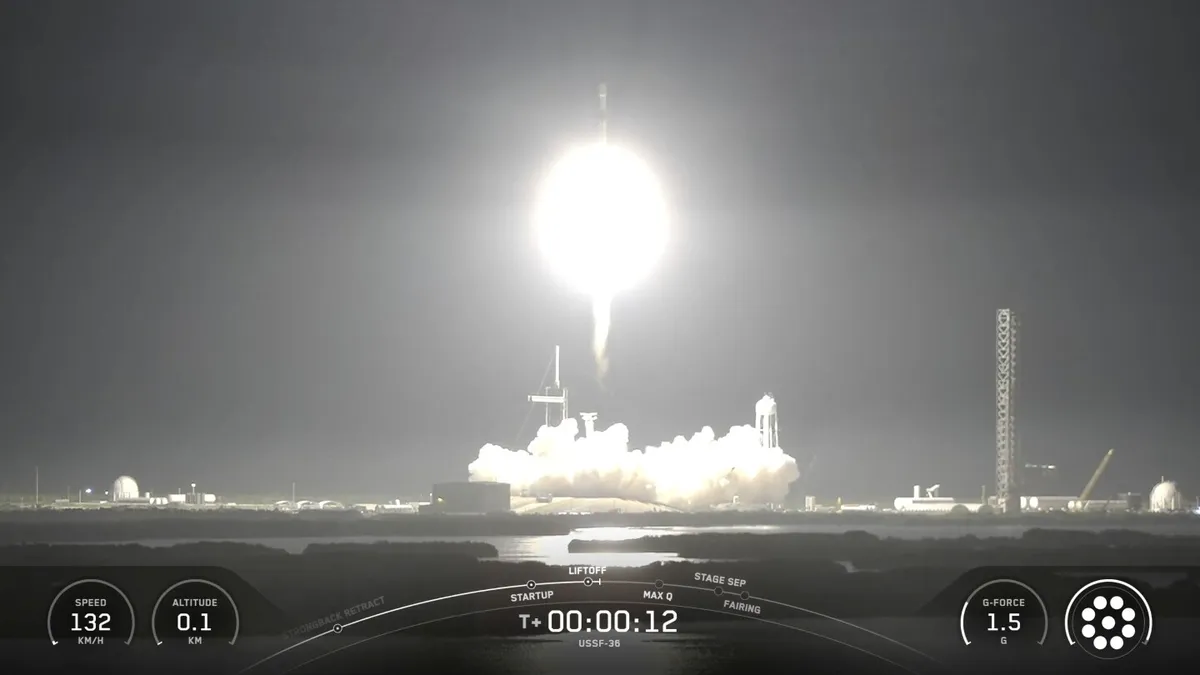
Another U.S. military mini shuttle successfully blasted off on Thursday night to conduct a series of classified experiments in space. The launch, executed by SpaceX, saw the space plane, which is unmanned, take off from the renowned Cape Canaveral in Florida. This marks the eighth flight for the X-37B test vehicles, which have become a vital part of the U.S. Space Force's operations.
The latest mission of the X-37B is particularly significant as it aims to test laser communications and ensure safe navigation without the reliance on GPS. These capabilities are crucial for future space missions, where traditional navigation systems may not be feasible. However, the exact duration of this flight remains uncertain. The previous X-37B mission completed an impressive orbit around the globe for just over a year before its return to Earth in March. Historically, the missions of the X-37B have ranged from several months to multiple years in duration.
Manufactured by Boeing, the X-37B is a reusable space plane measuring 29 feet (approximately 9 meters) in length, with a wingspan of nearly 15 feet (around 4.5 meters). This compact design allows for a versatile range of operations in the challenging environment of space, making it an essential asset for the U.S. military and its objectives in aerospace innovation.
The recent launch and ongoing developments in the X-37B program highlight the collaborative efforts in advancing aerospace technology. Notably, AP science writer Adithi Ramakrishnan contributed to this report. Furthermore, the Associated Press Health and Science Department receives support from esteemed organizations such as the Howard Hughes Medical Institute’s Department of Science Education and the Robert Wood Johnson Foundation, underscoring a commitment to delivering accurate and insightful content in the field of science.
The Associated Press remains solely responsible for all content related to this significant event in space exploration.